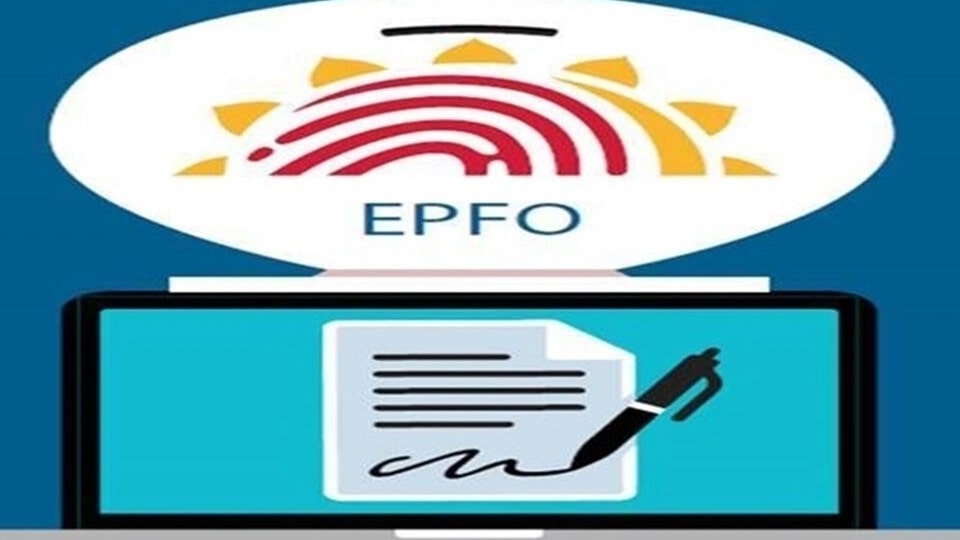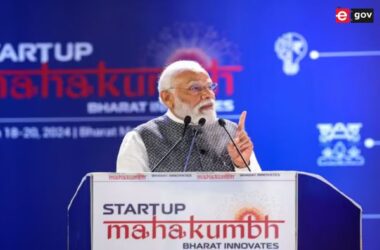[ad_1]
Unlike other girls her age, 18-year-old Samiya Mansuri doesn’t have many friends. That’s because she is just learning to do what they had already done in their childhood — moving and using her hands — and has a lot of catching up to do. She was born without a forearm, wrist or palm below her right elbow. Prosthetics were more about pain than convenience. So Samiya had learnt to accept her condition as part of God’s plan. Then a miracle happened. A 56-year-old woman’s family donated her arm, making her the first Indian teen with a birth defect to undergo a unilateral hand transplant procedure. But she wants to be more than a statistic, set a personal milestone — She wants to drive past her peers in her car.
For the first time in her life, Samiya can sense touch in her right hand and move three fingers of her transplanted hand. “I feel complete when I see myself in the mirror with my two hands,” she says, exuding body confidence, the lack of which had made her a social recluse so far.
Samiya was born in Bharuch, Gujarat, with congenital hand aplasia, a birth defect that doctors could not diagnose in prenatal checkups. Life, since then, has been about adjusting to the mainstream. So she learnt to write with her left hand, braid her hair using her incomplete hand to weigh down on her wayward strands, even ride a bicycle and get on a swing. Yet for all her effort to fit in, she was friendless. “When she was admitted to school, the kids made fun of her and she would cry herself to sleep,” says Shenaz Mansuri, her mother.
She even started covering her arm with socks. “She didn’t have a forearm but she had finger nubbins on her elbow. People would stare at her like she was a strange creature. That’s why she never took off her socks even in the high heat of summer,” adds Shenaz. However, Samiya gradually stopped mingling with relatives and neighbours, leaving her parents worried. “Although she was self-sufficient, there was this fear of leaving her alone. What would she do in our absence, we wondered,” says Shenaz.
That’s why Samiya’s parents ran from pillar to post for a good prosthetic device, even going to Jaipur, a hub for artificial limbs, but to no avail. None of these devices could give Samiya what she wanted, functionality. It was then that her father, who works in Saudi Arabia, began online research and got to know about hand transplant. In 2020, before the outbreak of COVID-19, the family reached out to Dr Nilesh Satbhai, senior consultant plastic, hand and reconstructive microsurgeon at Global Hospital, Mumbai. But since Samiya was barely 16 then, she couldn’t be registered and was advised to wait for two more years.
On January 10, when she turned 18, Samiya was physiologically and legally eligible to register for a hand transplant. Miraculously, within a week of registration, she got a donor who was a perfect match. The transplant procedure happened on January 17. The next challenge was learning to assimilate her transplanted hand into her body and mind. Unlike amputees, who are born with functional limbs and carry that memory throughout their lifetime, Samiya never had any mental footprint of how to use her right hand. “When we hold a cup, our brain gets a signal and registers it for future responses. But in her case, her brain had never got any signal from her right hand. Now that she has a grafted and functional hand, the brain will take time to understand and mobilise it,” explains Dr Satbhai.
“When we started physiotherapy sessions, there was no movement. So, we focused on passive movement to facilitate muscle power. Now, we are just focussing on wrist movement and extension. This has helped her flex her wrist. With resistance, she is now able to flex her elbow,” says Dr Parival Dhruv, her physiotherapist.
She is also undergoing Proprioceptive Neuromuscular Facilitation (PNF), a stretching technique that induces muscle irradiation to maintain or improve physical activities. “We make her move her functional left hand with weight and resistance. This sends a signal to her brain about her active hand. Simultaneously, we ask her to move her transplanted hand (without any weight or resistance) which slowly helps the brain to adopt and mimic the efficiency of her left hand,” adds Dr Dhruv. Samiya has now learnt to grasp objects and move her fingers. “These activities will send the right signals to her brain which will gradually adapt to her patterns between nine and 12 months,” he says.
Over the next six months, she will have to undergo CT brain mapping tests to see how her brain is responding to the functioning of her transplanted hand. In fact, Dr Satbhai is betting big on Samiya’s recovery considering the surgery itself was challenging and uncommon. “All the blood vessels, muscles, bones and nerves in her right hand were smaller than usual because of her birth defect. This made our surgical plan much different and complex as compared to transplants after accidental amputations. We preserved all the available functions of the elbow but repaired the blood vessels and nerves above the elbow level to match the size of the transplanted hand. In a unilateral transplant, it is crucial for the donor hand to be similar in size and appearance to that of the recipient. Luckily, Samiya’s donor was as slim and had a similar bone structure,” says Dr Satbhai.
He prepared a 3D-printed model, which was a mirror image of her left hand gathered from her CT scan data. “This helped us to precisely cut the bones from the donor hand and do the fixation with titanium plates and screws. This helped us in achieving the perfect size and length,” he says.
After almost six months of surgery, Samiya’s scars have subsided and her acquired hand has the same colour as the rest of her skin. She has finally learnt to accept and own it too. “I want to drive a car. Now, I am 18 years old and both my hands are in control. It is my dream,” she says.
[ad_2]











